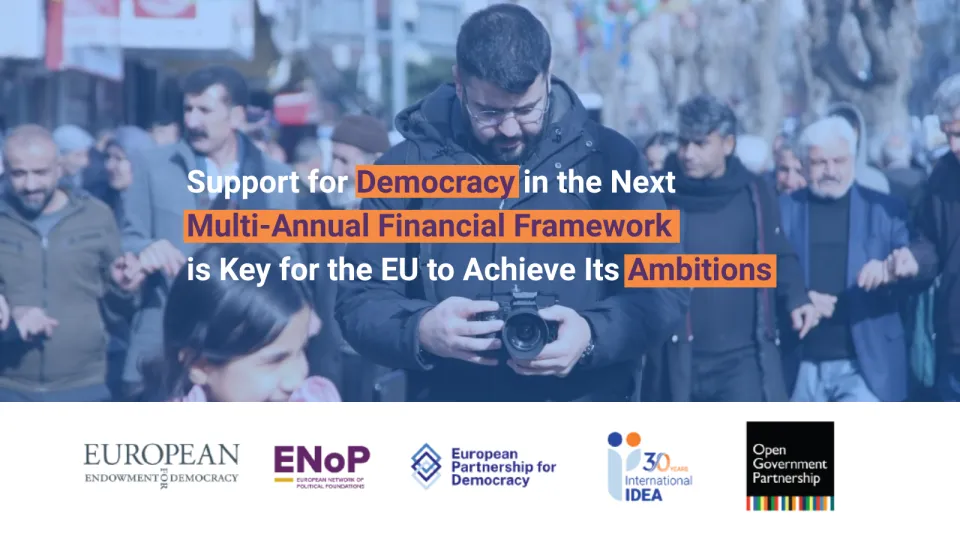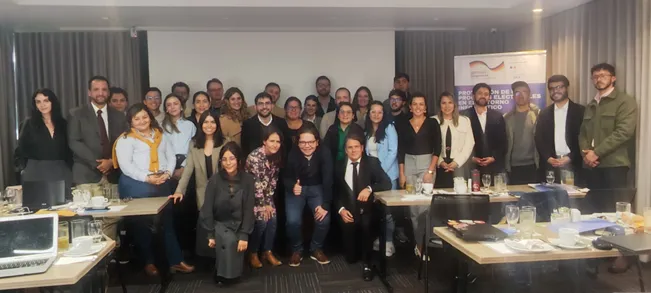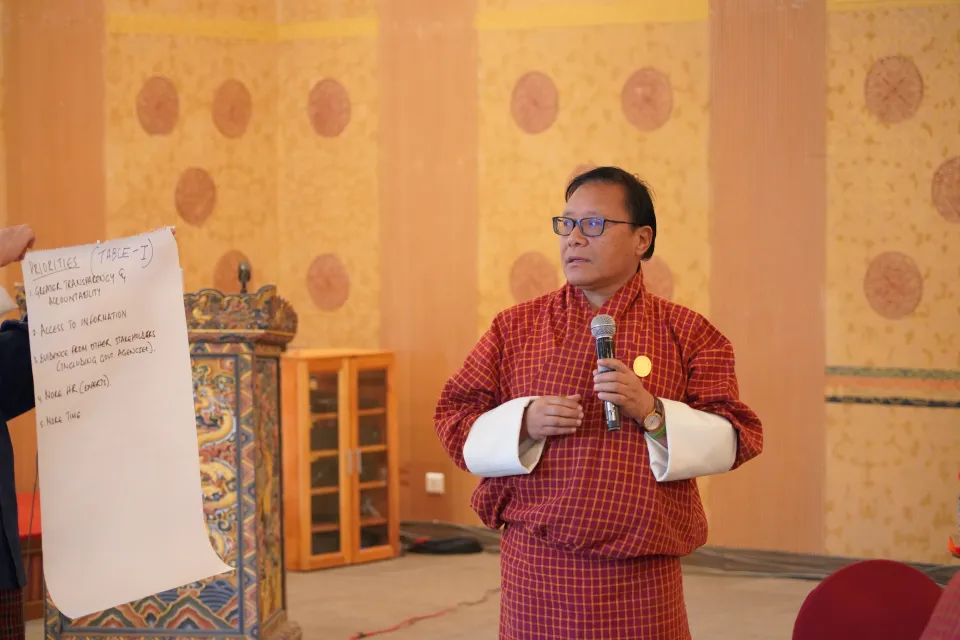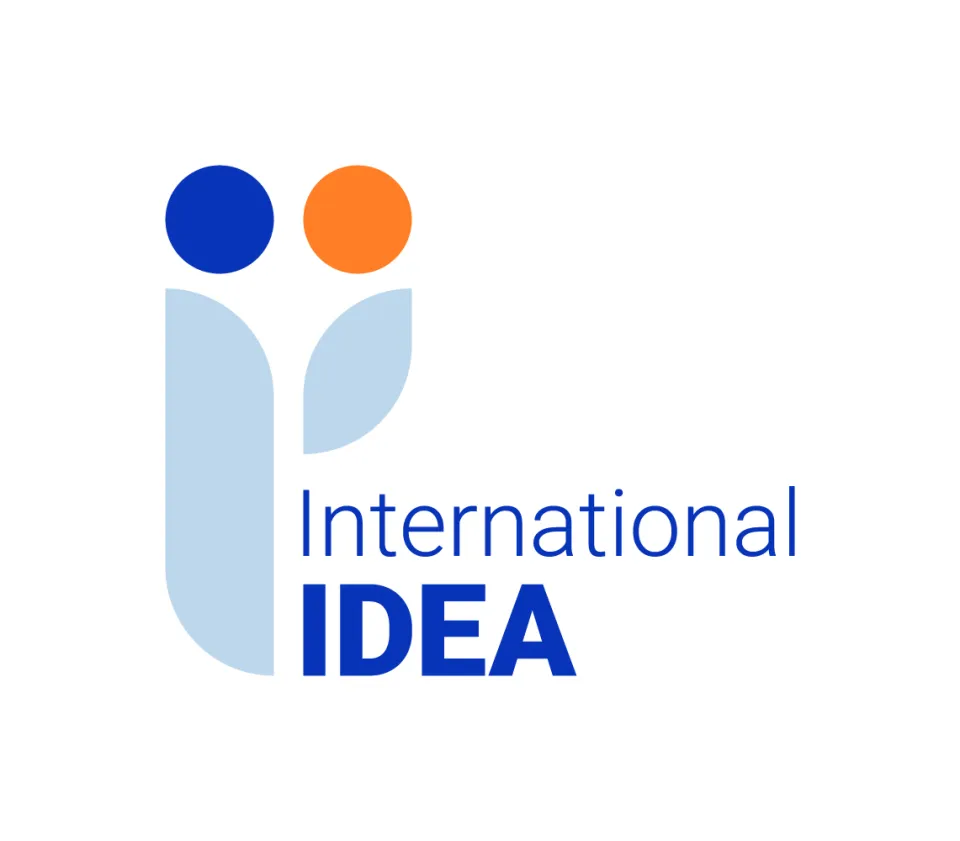"Same Budget, Two Stories": How local governments in Nepal can invest and impact their communities
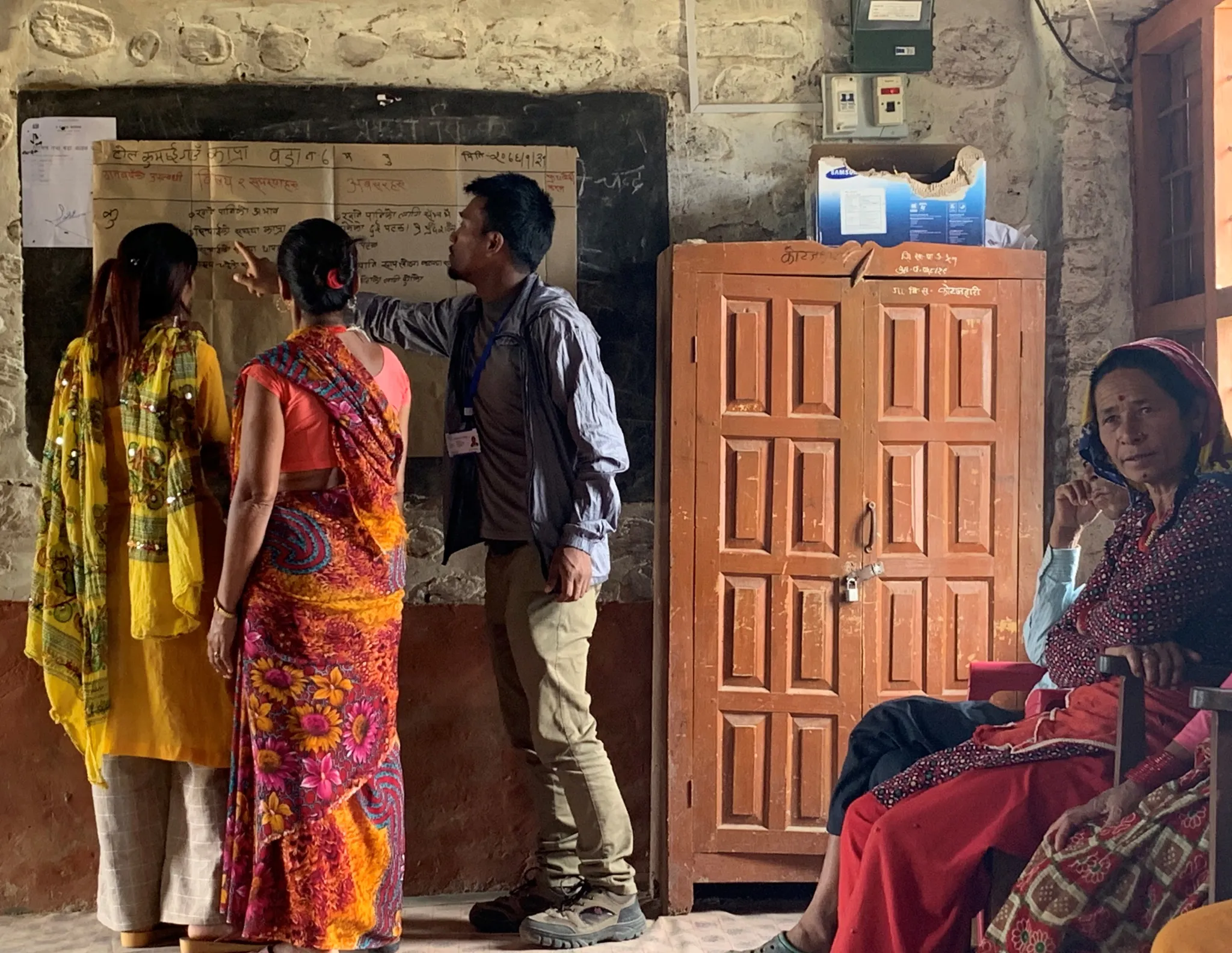
In partnership with Deutsche Gesellschaft für Internationale Zusammenarbeit (GIZ), International IDEA’s Coherence Programme in Nepal develops an animated video, titled "Same Budget, Two Stories," on local governance, more specifically, planning and budgeting. The video visualizes two different uses of the same annual budget.
In 2015, Nepal established its current Constitution that devised a new form of federal government. The Constitution provides for three orders of government—Federal, Provincial and Local. In the past, there was only one central government. Thus, the Constitution also defined new democratic systems to elect representatives to the conceived positions. In 2017, Nepal celebrated its first election of representatives to the newly devised structure of government.
However, often facing high needs, new leaders are left with questions on how best to govern. With the support of GIZ and International IDEA’s Coherence Programme, “Same Budget, Two Stories” pilots an approach to addressing these questions. Through its animated storyline, the video specifically speaks to and engages local government representatives on annual budgeting and tries to help them reconsider their current approach to preparing their budget. It attempts to answer how best to invest time, energy, and resources and what leads to the most substantial impact.
Set in the hypothetical Trilok Municipality, a newly elected Mayor endeavours to allocate the local budget. Like many local governments in Nepal, Trilok is the result of several newly merged, former Village Development Committees, the smallest sub-national units in the earlier unitary system comprised of smaller wards. Therefore, the distribution of resources must satisfy the needs of each smaller ward, the closest service delivery unit within the local government, while achieving the shared goals of the entire local government. “Same Budget, Two Stories” creatively weighs two different strategies of spending the budget—“dividing the cake” and “sharing the cake”—to suggest, in a subtle way, an approach to “sharing the cake” through deliberative decision-making.
Since 2017, the Coherence Programme has specifically worked to promote the concept and practice of deliberative decision-making[1] in the local governance system.[2] Through the development of resource materials, training curriculum and project briefs, the Programme offers support to local governments and cultivates a better understanding of democratic local governance.
The Coherence Programme, a partnership between the Ministry of Federal Affairs and General Administration (MoFAGA), the UK Department for International Development (DFID) and International IDEA, assisted in developing the story line, created the detailed script, and provided technical inputs to the video content.
As Alexandra Walcher, International IDEA’s Coherence Programme Manager in Nepal and Durga Karki, International IDEA’s Coherence Programme Officer (later referred to as the ‘Coherence Team’), explain, the video seeks “to communicate through two stories, in an accessible and easily relatable way, the concept of deliberation in decision-making and the importance of strategic planning.”
The Coherence Team provides insight into International IDEA’s work on the video and its impact.
CRAFTING A MESSAGE
Learning from its work with local government representatives, as well as media reports on local government spending practices, the Coherence Team assessed why current spending is not effective. It identified, as a major problem, the lack of a long-term vision to guide local governments through the annual planning process. This often results in the haphazard distribution of the budget into small, fragmented projects, particularly on dirt-roads.

The Coherence Team describes, that “Often in [Nepal’s] local government planning, there is no clear and set strategic vision or goal that guides resource allocation.” Even if a plan is prepared, the planning document is often so overwhelming that, due to its technicality and impracticability, it is rarely resorted to. Regardless, overall decision-making entails little to no deliberation amongst stakeholders.
Moreover, “development is mostly understood only as infrastructure, particularly roads, with little or no attention to provision of services, like health or education.”
The Coherence Team further states that the perpetual spending on a number of small projects “doesn’t add up to any sustainable pro-poor development that addresses bigger issues in a local government.”
The video paints these issues in its first half and “in the second ‘ideal’ story, introduces the concept of deliberation,” the Coherence Team explains.
The first scenario, “dividing the cake,” demonstrates the consequences of representatives bargaining the budget between individual projects, such as roads, in select wards. The Mayor largely spends his term in office watching bulldozers construct roads, giving speeches at school anniversaries, and erecting a few temples. Yet, after five years, the narrator concludes, “it feels like the election was just yesterday,” and no significant change was made.
In contrast, the second scenario depicts an entirely different future. Members of Trilok’s Executive[3] work together to identify their “common dreams,” as well as each representative’s individual goals for their term in office. Then, throughout the wards, these long-term visions are communicated via posters and other means of local communication to all. The Mayor, along with the Executive , invests the annual budget in accordance with these goals. The municipality prioritizes education, and thus allocates a major proportion of its budget to open libraries, establish a technical school, and so on.
Through political deliberation, equal attention is given to all voices in the Executive, and decisions are made collectively.
At the end of the second scenario, the Mayor, now famous and well-appreciated for his leadership, appears on the local news. When asked by a journalist about his successful tenure, he answers, “In our municipality, we dreamt together and we accomplished together,” crediting the practice of deliberation to find a shared, long-term vision for his community.
PAINTING THE PICTURE
"Two-dimensional animation, an idea brought forth by GIZ, allows for a ‘lighter,’ more understandable way to communicate to local governments and the public,” the Coherence Team points out. Using abstract characters cautions the risk to offend or promote a particular community, place or race. It also provides greater ingenuity to shape characters and design scenes that are more visually engaging.
At the same time, the Coherence Team stated that both International IDEA and GIZ saw “no point in creating an animation character that just explains the technical steps of budget formulation in 5 to 6 minutes as it neither properly communicates the whole of the planning process nor will it appeal to viewers because of its ‘boring’ content.” Therefore, the Coherence Team devised a simple, split narrative to paint a hypothetical election and its aftermath. It revolves around two important issues: the need for a strategic vision and deliberative decision-making in local governance.
This structure also enables “the viewer to judge the two stories and decide for themselves which scenario they prefer best, without trying to lecture or impose a method,” the Coherence Team states. Indeed, in the end of video, the narrator asks, “What kind of stories do you want […] to tell? It’s in your hands.”

The Coherence Team also thoughtfully designed the characters in the story, most notably the narrator.
When considering the office assistant as the narrator, the Coherence Team asks, “Who better than an assistant to tell the story? By choosing an office assistant as a narrator, we have two advantages: first, he would have first-hand information to all the discussions inside the Executive meetings, without participating directly; second, as he is not an employee responsible for the political actions of the local government, he represents common people's aspirations as well.” In this way, the narrator voices the common perspective of an informed citizen.
Down to the language and tone of the script, the Coherence Team ensured the video is accessible to most viewers. “We have tried to keep the language easy to understand and give a funny touch to the tone of the narrator to make it easier for viewers to connect,” states the Coherence Team.
THE FUTURE
While it is too early to determine the long-term impacts of “Same Budget, Two Stories,” the video has been well-received in viewings with elected representatives and government officials. International IDEA’s mentor teams in pilot areas have also begun to use the video for educational purposes in their work with elected representatives. After viewings, many representatives have requested copies of the video to show to their Executive.
Funded by GIZ, “Same Budget, Two Stories” aired on Himalaya Television on 26 and 28 June, as well as AP1 Television on 20 and 30 June. It will also be promoted on social media.
After the first round of dissemination, the Coherence Programme, with GIZ, has discussed translating the video into other languages widely spoken in Nepal, besides Nepali. Depending on audience feedback, a series of related videos may be considered.
[1] Deliberative decision-making entails the kind of decision-making process where decisions are made collectively in formal settings with the inclusion of all the concerned stakeholders based on reasoned and evidence-based arguments. Please see the linked briefing note The Coherence Programme: Assessment of the Quality of Palika Deliberations.
[2] This goal arose in response to the 2015 Dailekh Mapping Study on Governance and Coherence, commissioned by MoFAGA and DFID, which identified “operating in silos” as the core problem of government and development programmes.
[3] As defined in the official translation of the 2015 Constitution of Nepal, the “Executive” is the name of the executive organ of local governments. Under Article 219 (Part-17), the Constitution states: "Each Municipality shall have a Mayor. The Municipal Executive shall be formed under his or her chairpersonship."

